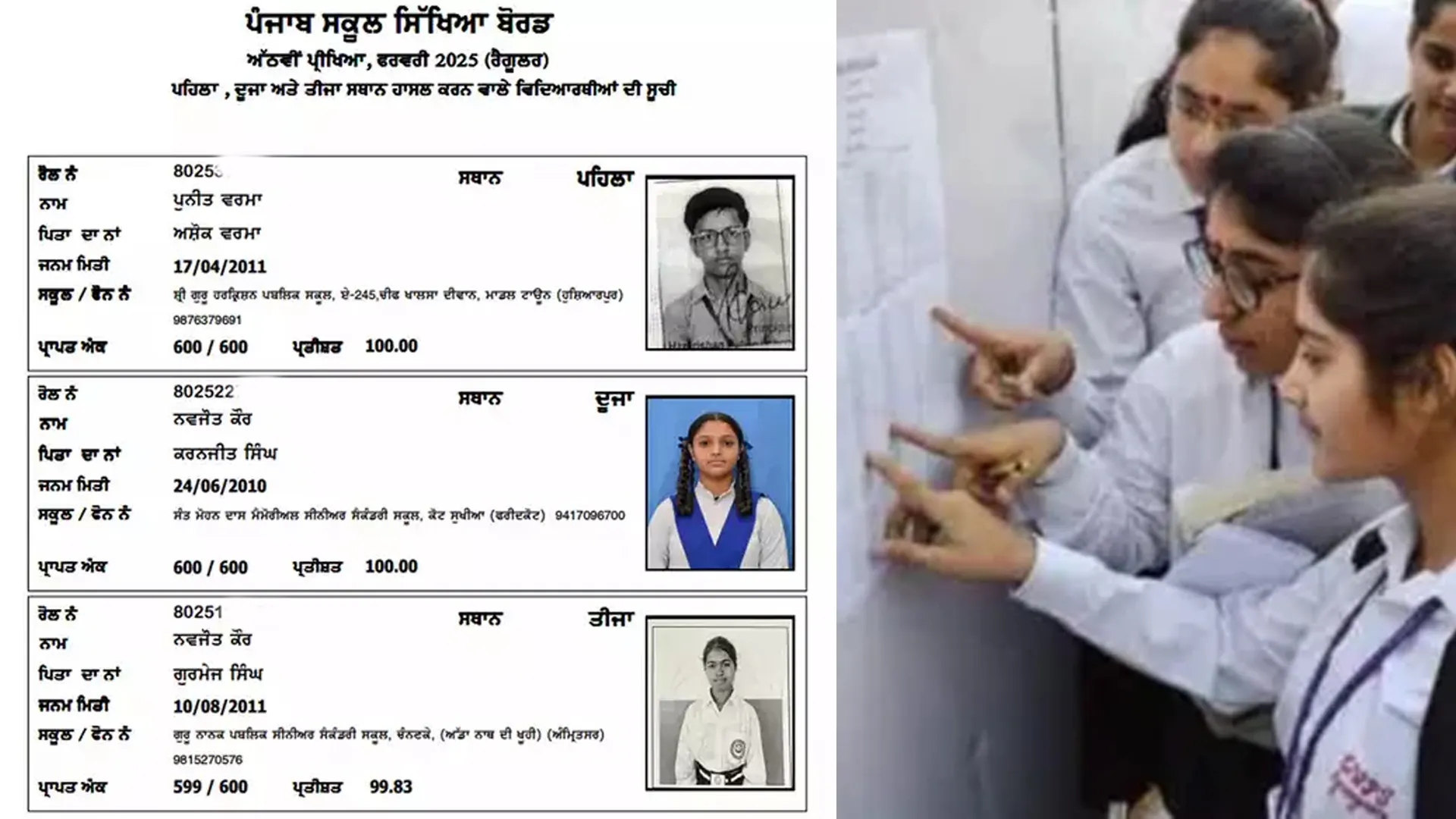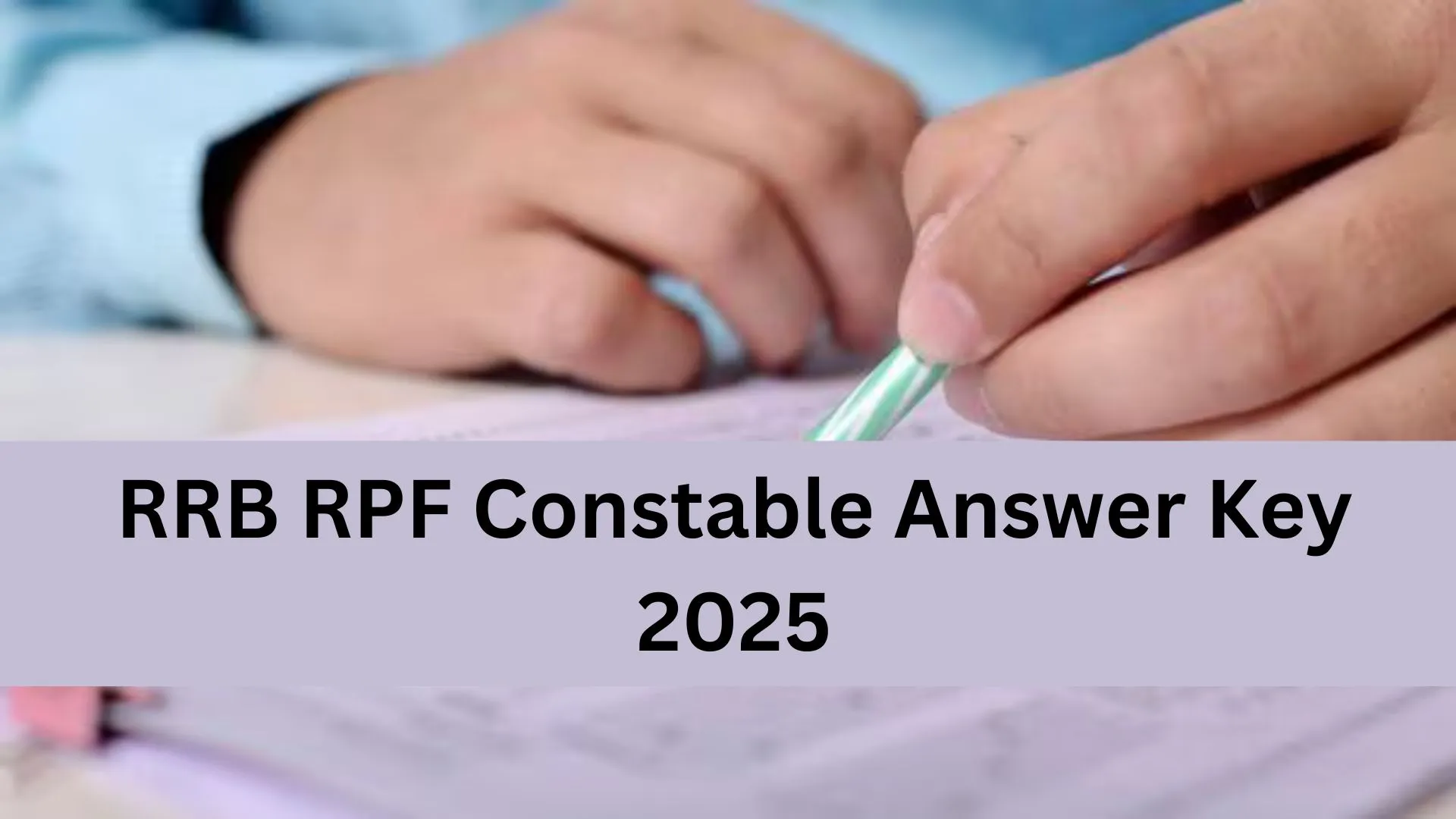Write the following sentence “I love my grandparents” in your notebook a 100 times in cursive handwriting. Prompts like these have been the staples of Indian classrooms over the past 50 years. While the world around us has changed many times over, the instructional core has largely remained the same.
The World Economic Forum routinely revisits the challenges that our children will graduate into in the 21st century. In view of these dynamic challenges, the jobs and skills needed in the future will be dramatically different. Professions like memory surgeon, climate change specialist, Human-Machine Integration specialist, space tourism operator, 3D printer chef and machine personality designer will be commonplace. If we continue the mindless staples like cursive writing practice in classrooms, the relative importance of human intelligence will continue to diminish everyday as artificial intelligence grows by leaps and bounds.
Research from across the world stresses the need for a backward design inspired approach in creating education systems. First we need to identify what the desired end is, and then backward plan curriculum systems till the inception. The end goal of education, as stated in India’s education policy, is to create individuals of skill and character who can lead innovations to solve the problems of the 21st century. With this goal in mind, we need to reimagine education at all the various stages, from Kindergarten to university. Higher education has been a pioneer in this approach with most leading universities reworking their curriculums in partnership with industry to teach their students the skills that their employers expect. However this trend is yet to percolate to schools, where the child spends all of their foundational learning time.
Having a well-defined curriculum framework in the foundational years, paves the path for children to explore diverse career interests as they progress to middle school and beyond. Majority of learners are unable to look beyond engineering, medicine or commerce as viable career options. This leads to oversupply of graduates from poor institutions walking inadvertently to a path of unemployability.
Integrating domains like design and technology, financial literacy, cognitive thinking etc into the curriculum right from the early years will help children unleash their aptitude before they reach high school. For instance, Finland’s education system, renowned for its innovation, emphasizes problem-solving and critical thinking from an early age. Finnish students are encouraged to pursue interdisciplinary projects that combine various fields of study, preparing them for a future where such skills are invaluable. These approaches equip learners with the right career support, to be able to envision diverse careers and run behind pursuit of skill. Career counseling is largely absent in schools, resulting in children making the most important decision of their career largely uninformed or worse in many cases, misinformed. Therefore going beyond core domains and moving beyond the classroom is critical to pave a path of exploration for adolescents.
Experiential learning opportunities, such as internships, apprenticeships, and project-based learning, should be woven into the fabric of the educational system. Countries like Germany and Switzerland have long championed vocational education and training (VET) programs, which combine classroom instruction with hands-on work experience. These programs not only equip students with practical skills but also bridge the gap between education and employment. By aligning our education system with the demands of the 21st century, we can ensure that our children are not only prepared for the jobs of the future but are also equipped to be the innovators and leaders who will shape it. The future is not just something that happens; it is something we create, and it starts with how we educate our young minds today.
The author is the Co-Founder at NatureNurture.























